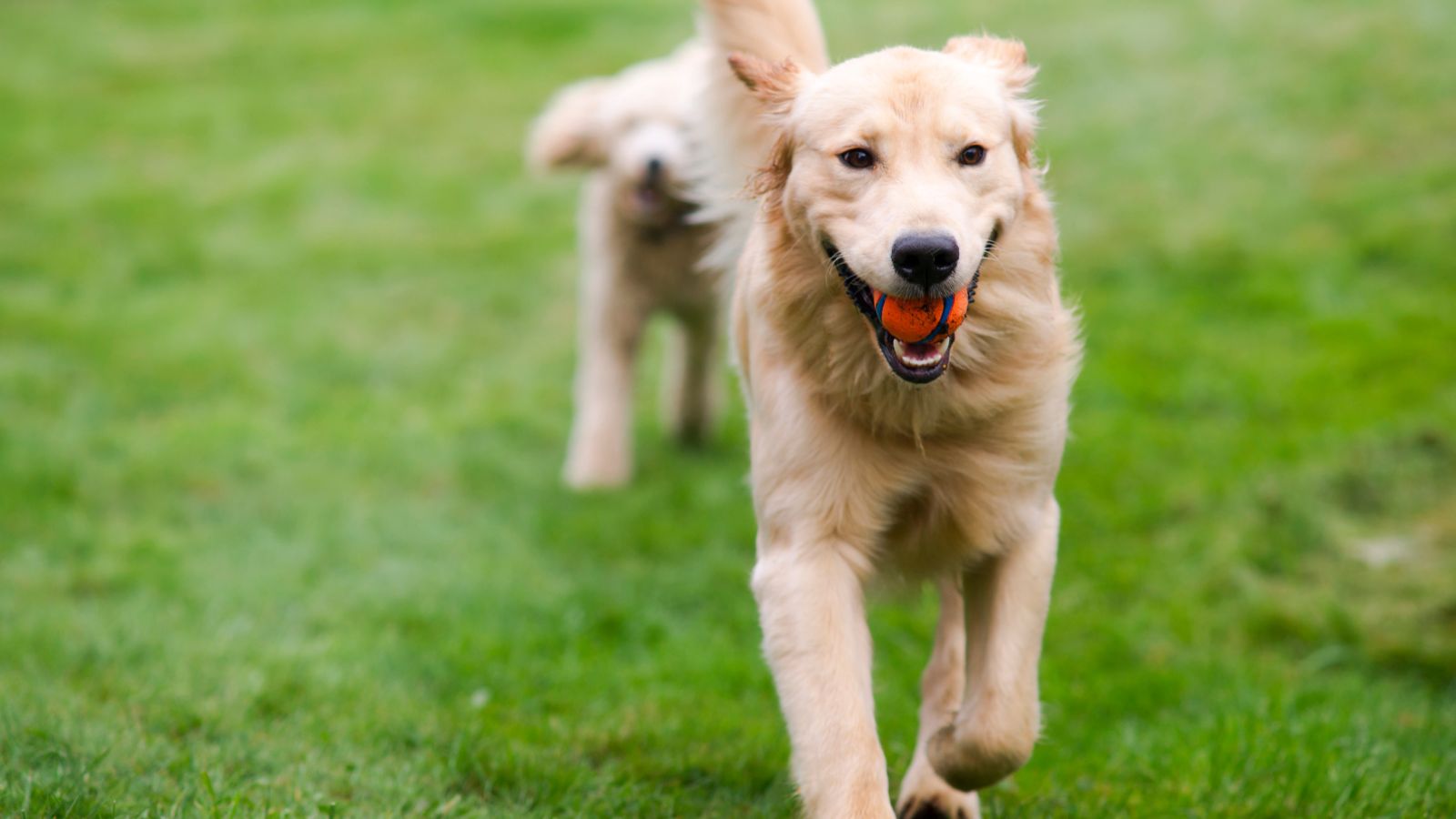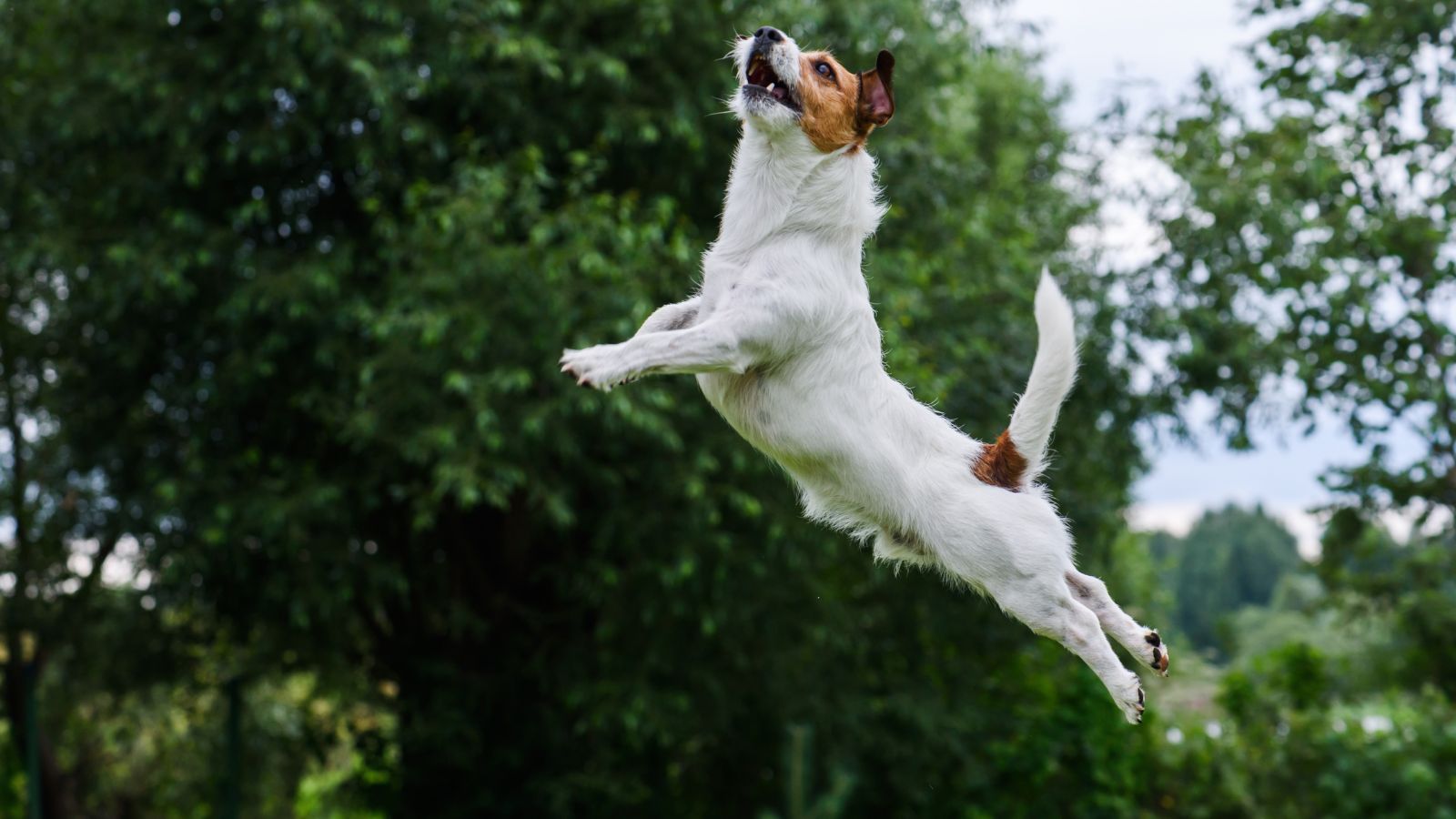Are you a fitness enthusiast looking for a four-legged companion who can keep up with your active lifestyle? Or perhaps you’re a family with energetic kids seeking a furry friend who’ll tirelessly play fetch in the backyard? If so, high-energy dog breeds might be just what you’re looking for.
These breeds are known for their boundless energy and enthusiasm. They’re not just pets, they’re dynamo companions, always ready for the next adventure. But remember, they also require a good deal of attention and exercise to keep them happy and healthy.
 High Energy Dog Breeds
High Energy Dog Breeds
Getting to grips with high energy dog breeds means delving into what sets them apart. Key characteristics pinpoint them. It’s their ever-buoyant spirit, need for mental and physical stimulation, and propensity towards certain breed types that give full insight. Let’s explore these traits and take a look at a few common high energy dog breeds.
Characteristics of High Energy Dogs
High energy dogs exhibit certain distinct characteristics, with their constant zest for life ranking top. The energy level of a dog is often determined by its breed, genetics, and temperament. You’ll find these dogs enthusiastic about everything they do, from the early morning walks to late-night play sessions.
An essential characteristic attribute to high energy dogs is their need for mental and physical stimulation. A Beautiful Border Collie, for instance, can become restless or develop destructive habits without ample mental stimulation, even if it’s physically exercised.
Also, specific breeds tend to display a higher level of energy. A number of these breeds are often considered “working dogs”, known for their intelligence, agility, and hard-working nature.
 Caring for High Energy Dog Breeds
Caring for High Energy Dog Breeds
Caring for high-energy dog breeds includes addressing both physical and cognitive needs. Maintaining the fitness and mental agility of these breeds presents unique challenges, but the reward is a healthy, happy, and well-behaved canine companion.
Exercise Needs
Fulfilling the exercise needs of a high-energy dog breed is no small task. These breeds thrive on vigorous daily exercises; a brisk walk around the neighbourhood isn’t enough. For example, a Border Collie’s exercise regimen typically includes running, agility training, herding, or fetch games to satisfy its inherent drive for action. Australian Shepherds, other shepherding breeds like the Labrador Retriever, also appreciate a challenging game of fetch. Dog breeds with a working background, such as the Siberian Husky, require a rigorous workout with activities like sled-pulling or long-distance running.
Owners find a dog’s energy levels manageable with a consistent exercise plan. Besides preventing weight gain, regular exercise helps to alleviate anxiety and prevent destructive behaviour common in under-exercised high-energy breeds.
 Training Strategies for High Energy Dogs
Training Strategies for High Energy Dogs
Training high-energy dogs involves more than just physical exercise. It also includes a consistent regimen of mental stimulation and specific forms of training catered to their abundant energy. Owners of high-energy breeds such as the Border Collie, Australian Shepherd, Labrador Retriever, Jack Russell Terrier, and Siberian Husky must strike a balance between obedience and agility training, which are essential in channelling energy productively while also promoting disciplined behaviour.
Obedience Training
Obedience training commences at puppyhood and carries on throughout a dog’s life. It fosters discipline, thereby mitigating the chances of behavioural issues. By teaching basic commands like “sit,” “stay,” “come,” and “heel,” owners significantly enhance their control over high-energy dogs in various settings: parks, at home, or when visiting the vet. Rigorous obedience training sessions also tire dogs out, making them less likely to exhibit disruptive behaviours as a result of unspent energy.
Consider implementing reward-based training as the primary obedience training method for high-energy dogs. Border Collies, for instance, respond exceptionally well to this approach. Treats, praise, and petting positively affirm their actions, further reinforcing desirable habits.
In contrast to obedience training’s focus on discipline, agility training pivots on fulfilling a high-energy dog’s physical and mental needs. Agility training involves navigating an obstacle course that may consist of tunnels, jumps, and weave poles.